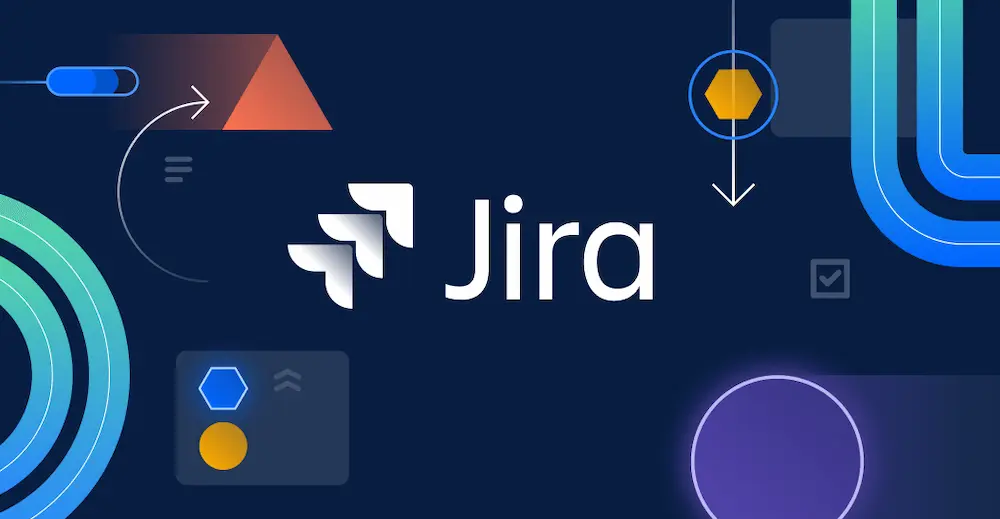How to use Jira for project management step by step guide
- 14 Sep, 2022

Project management assists teams in organizing and prioritizing operations to elevate the achievements of a brand goal. To take care of a complicated procedure associated with projects, such as developing one application or onboarding one fresh employee, contemporary business owners must use Jira for project management.
As Jira is one of the most powerful established and wholesale tools for project management out there. It is simple to set up and access both on the premises and in the cloud. However, its capabilities regarding native project handling can be and frequently must be heavily enhanced and customized by one huge range of plugins. That is to reach the requirements of SAFe or Scaled Agile Framework, budget management, development, and tracking.
This is one well-rounded article on project management on Jira as we will tell our readers everything from personalizing their first project to the setup of it so that it can properly fit into the requirements of their organization.
Why utilize Jira as the means of Project Management?
Project management is one practice that includes monitoring, executing, and planning, each of the procedures and operations needs to touch one fixed business goal. And tasks required to reach a set business goal. Even though all three variants of Jira (Service Desk, Core, and Software ) are robust tools for project management, the Software of Jira is needed to take advantage of its agile capabilities of Jira. Such as Kanban and Scrum boards to use Jira for project management.
Jira was 1st created by Atlassian to touch the requirements of any team for software development. Yet these days, it is well-equipped to take care of approximately any use case of any project management. However, only in a few instances can an individual initiate project management properly in their organization utilizing Jira.
Creating one new project on Jira
Projects one Jira are used to team up units of a task called “issues.” For example, an easy project for creating blog posts can be done without just a couple of issues. Each can correspond to one single post, which all utilize the same workflow. On one other side of a complicated spectrum, one project for creating one complex piece of an application can come up with a bunch of issues associated with dozens of group members that are engaged in an array of different flows of work.
There are two kinds of projects currently accessible in the software of Jira. They are next-gen and classic. Classic projects offer systematized universal configurations. Those configurations can be copied throughout a bunch of projects. Also, those can just be generated by administrators of Jira. A next-gen project can be configured separately, and any user of Jira can generate this project by default. Classic projects generally provide more improved customizability than any next-gen project. Next-gen projects are easier to utilize and set up. Yet it lacks the power and flexibility offered by a classic project.
Our readers have learned how to use Jira for project management through this column. We also cover a couple of the concepts and phrases used in Agile. Those are the primary characteristics of Jira, along with how to generate one new project management on Jira.


